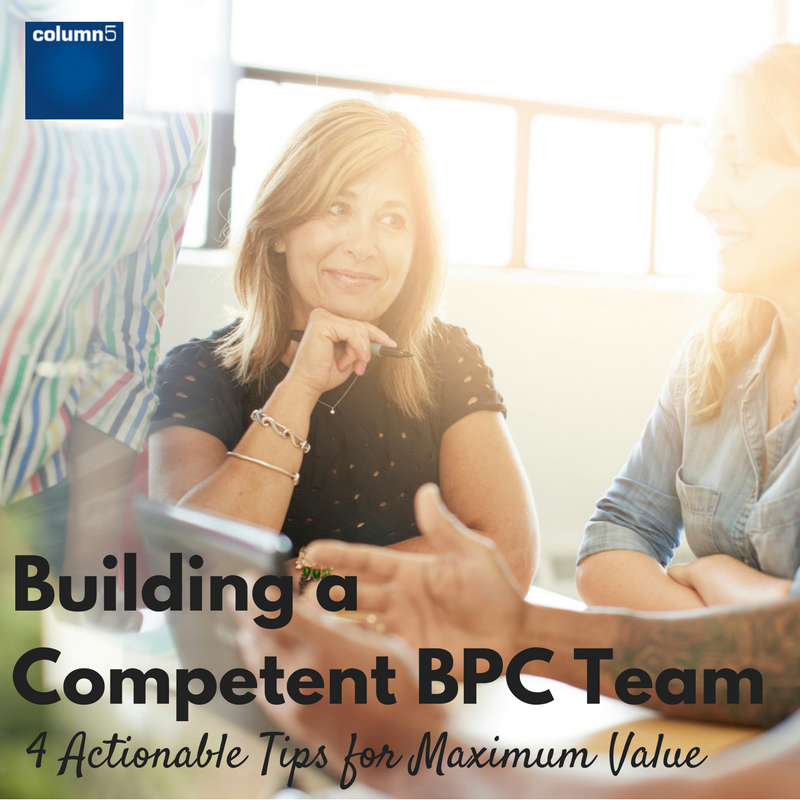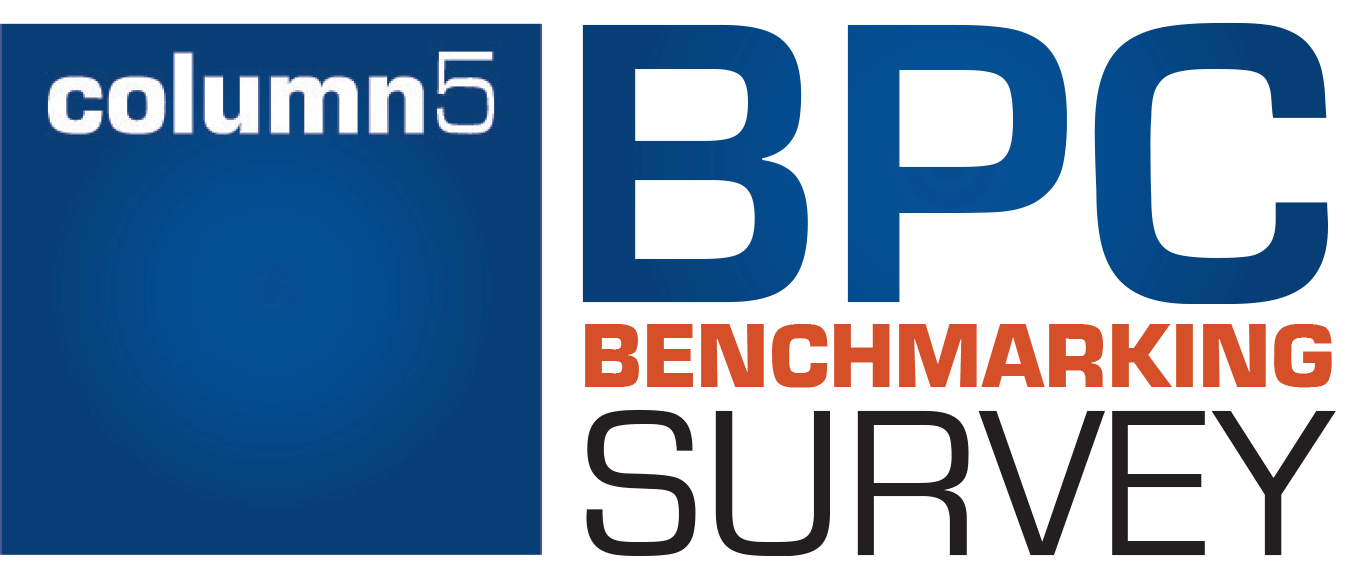You may have noticed in the news recently that many large multinationals have been the subject of some rather intense media and public scrutiny regarding the amount of tax they pay in certain countries. As media pressure and public anger has escalated, governments and regulators have been compelled to take action to improve the visibility of where companies make their profits and where they pay their taxes to help ensure that they pay a fair share to the coffers of the national governments.
It had become obvious to governments that the underlying issues could not be addressed by unilateral regulation and instead need a cohesive joined up approach to tackle tax base erosion and profit shifting through transfer pricing arrangements between multinational subsidiaries. The OECD in conjunction with the G20 countries devised an action plan which includes the need for greater levels of disclosure from multinational enterprises (MNEs) in relation to the countries where their economic activities occur and amounts of tax they pay in each jurisdiction. This has resulted in the creation of the Country by Country (CbC) reporting standards by the OECD that are being implemented through the local tax governing bodies of all OECD members.
The OECD CbC regime requires the following reporting on a country by country basis;
Aggregate country wide information relating to the global allocation of
* Income;
* Taxes paid;
* and; other indicators of economic activity (stated capital, accumulated earnings, tangible assets, no of employees)
Topics:
Center of Excellence,
Process Improvement,
Thought Leadership,
best
Since its early OutlookSoft days, BPC has always been touted as a tool that enables finance teams to become independent from IT so they can wield control of the system during crunch time. Fast forward to SAP acquiring BPC, many SAP shops pride themselves on have the internal capabilities to own their systems, period. It isn’t shocking that many of our clients have come ready to meet the challenge of proper care and usage with an internal team. Column5 applauds this approach and has created numerous tools to help your team succeed:
Topics:
Center of Excellence,
Project Management,
Training,
Innovation,
best
“Is our BPC implementation working well? How are competitors using the same software? What are the best practices? What is the ROI?”
Topics:
Center of Excellence,
Thought Leadership,
Enterprise Performance Management (EPM),
Financial Close,
Value,
BPC (Business Planning & Consolidation)
If you're like a lot of people out there, you probably had to read the title of this blog twice. Over the last several years there has been a plethora of speculation, confusion, frustration and exasperation about the future of BPC for the Microsoft Platform. From the very first announcement that SAP would port BPC to the NetWeaver platform, people have forecasted the end of the Microsoft version. The lack of roadmap beyond extensions of platform support for the latest versions and some new content (i.e. IFRS Starter Kit) does make one wonder about the future of BPC for the Microsoft Platform. Here's the good news: SAP recently released the latest roadmap for the EPM portfolio and there are several meaningful planned enhancements to BPC for the Microsoft Platform; from here on out referred to as BPCMS.
Topics:
Center of Excellence,
Roadmap,
Microsoft,
BPC (Business Planning & Consolidation)

It’s the corporation’s latest planning/forecast/budget cycle, and you’re responsible for putting together the consolidated reports for the executive review meetings. The analysts in Europe, Asia, North America and South America have sent you their Excel spreadsheets, which have been reviewed and revised according to their local management review meetings. Their regional financial managers will be participating in the executive review meetings, and presenting their region’s forecast.
The PowerPoint reporting package for the executive review meeting will consist of income statements, capital spending reports and Key Performance Indicators (KPIs). Comments will be included, and there will be slides/reports at the region and total corporate level. You have spent hours copying the Excel “reports” and pasting them into the PowerPoint slides. Also, in order to produce the numbers for the region and total corporate reports, you had to combine the multiple Excel spreadsheets from the site analysts. This included calculating the KPIs at the region and corporate levels. You finally have everything ready for tomorrow’s first executive review meeting, although it’s 9:15 PM and you’re still at the office.
Topics:
Center of Excellence,
Excel,
Thought Leadership,
Enterprise Performance Management (EPM),
Value,
Implementation,
BPC (Business Planning & Consolidation),
Forecasting
The business blueprint is arguably the most important – and most complex – document that is delivered during an implementation. But how much time should be allotted to this phase?
Topics:
Center of Excellence,
Best Practices,
Thought Leadership,
Value,
Implementation,
BPC (Business Planning & Consolidation)

I was on a sales call recently with a current BPC customer who is about to embark on an upgrade to BPC 10.0 for the NetWeaver platform. The customer had recently implemented BPC v7.5 and was expressing their frustration with having to move to v10.0 and learn the new way to write reports after just spending a lot of time and money on implementing v7.5. Had they known that v10.0 was coming so soon they might have done things differently. This got me thinking about how many times I’ve encountered customers in similar situations. The situation being that you don’t know what you don’t know. Whether it is not knowing about the BPC roadmap or the vast community of BPC users exchanging ideas and supporting each other on the SAP forums, there is ton of information and resources available to a BPC customer. A great starting point is Column5’s own website (I have to plug my own company) where you can find info on BPC via our blogs, demos, webcasts, case studies and more at www.Column5.com. In addition to Column5’s website, BPC information is available from SAP. The challenge is finding it as it as the information is spread across several different sites and portals. A friend and former colleague of mine at SAP, Jens Koerner, wrote a very useful blog that outlines all of the information available from SAP with links directly to the content so rather than recreate what he’s already done I will simply share a link to his original blog here.
Topics:
Center of Excellence,
Best Practices,
Enterprise Performance Management (EPM),
Roadmap,
Implementation
When we report on actual data we are clear what we are looking at: the data will have been taken from our transaction systems and will have been produced in agreement with generally accepted accounting standards. It will represent the actual performance of the organisation. But when we look at budget or forecast data are we as clear what the data represents?
Topics:
Center of Excellence,
Thought Leadership,
Financial Close,
BPC (Business Planning & Consolidation),
Forecasting
Way back in 2009 while I was working in the EPM practice at SAP I routinely cited a Gartner survey stating that 70% of organizations still relied on spreadsheets for their budgeting, planning and forecasting processes when speaking with customers or at events. Fast forward four years to 2013 and amazingly a new Aberdeen study found that a whopping 89% of organizations use spreadsheets for these processes! What gives? We've all heard over and over about the pitfalls of using spreadsheets for these processes, often referred to as “Excel Hell”. The bottom line is that business users love spreadsheets for their ease of use and flexibility. So how do we let business users continue to use their tool of choice AND have the qualities of a planning system such as security, workflow, common formulas and logic, a single source of data, multi-dimensional analysis, etc.?
Topics:
Center of Excellence,
Enterprise Performance Management (EPM),
Analytics,
Financial Close,
Implementation,
BPC (Business Planning & Consolidation)
What is a Center or Excellence?
That is a very good question and one that we get a lot from our customers. The generally accepted definition of a Center of Excellence (CoE from here on out) is a team, a shared facility or an entity that provides leadership, evangelization, best practices, research, support and/or training for a focus area. In the case of Column5 that focus area is the successful implementation of
Enterprise Performance Management (EPM) solutions.So how does this team help our customers?
Topics:
Center of Excellence,
Best Practices,
Thought Leadership,
EPM Maturity,
Enterprise Performance Management (EPM)



















